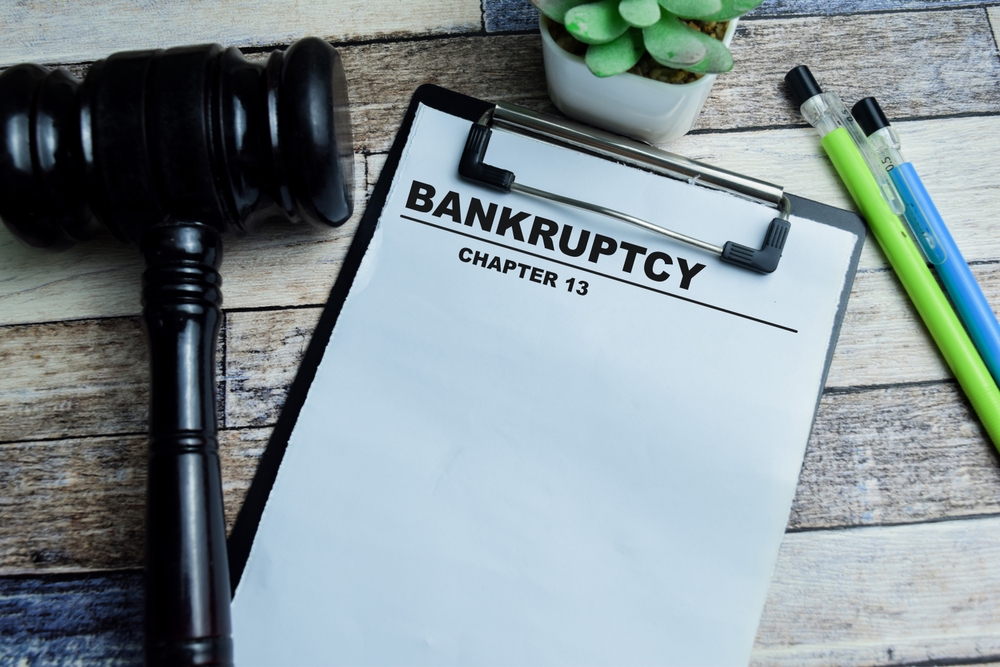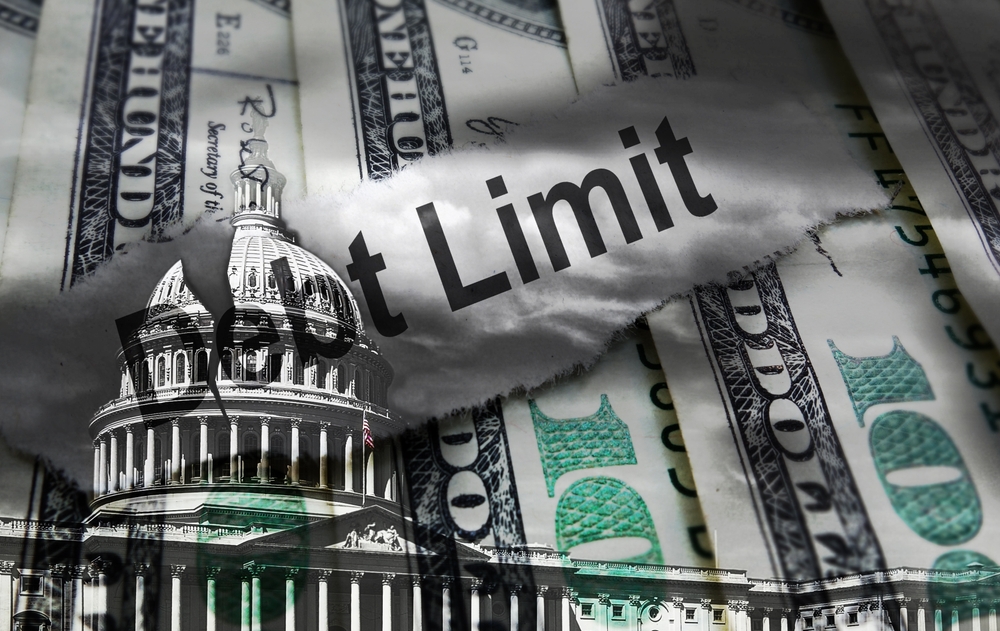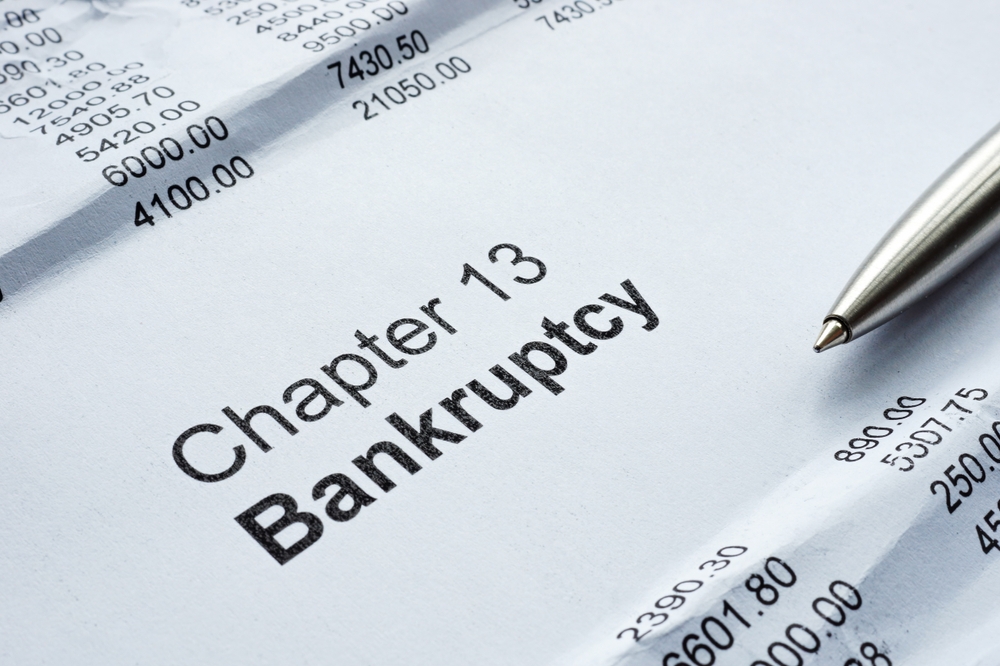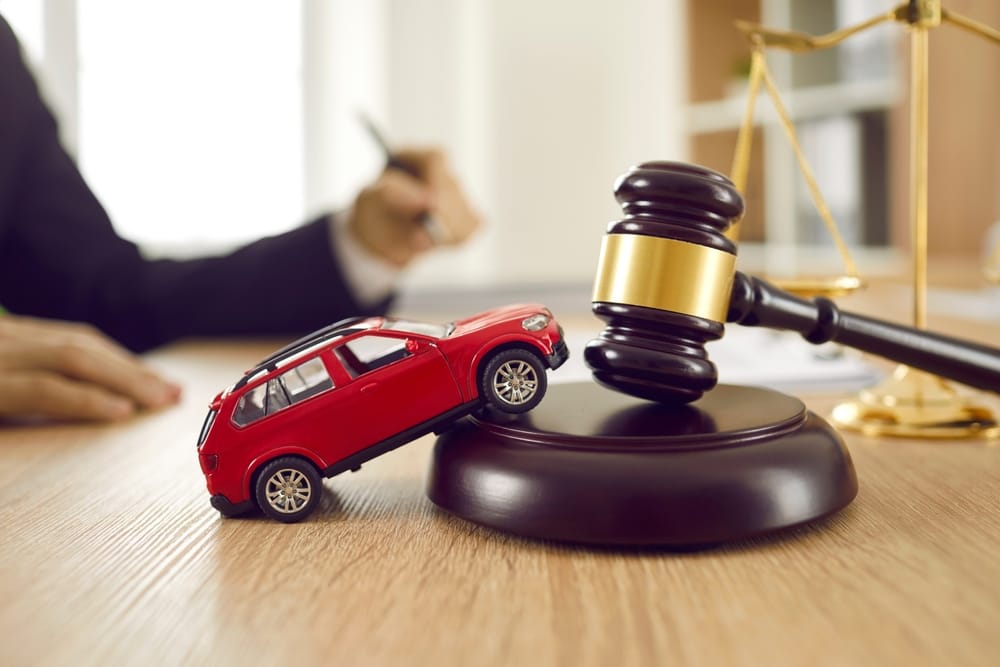Filing for bankruptcy is a serious step. Before you make the decision, you should know what option is best for you. By understanding the differences between Chapter 7 and Chapter 13, you can make an informed choice before filing for bankruptcy.
Not only does the chapter you select influence your immediate financial situation, but it can also effect you in the future. For this reason, it is helpful to know how the two main consumer chapters differ.
What are the main differences?
Chapter 7 is frequently referred to as liquidation bankruptcy, as property will be sold to cover debts. To qualify for Chapter 7 bankruptcy, an individual must be below a certain level of income. Choosing Chapter 7 is basically like scrapping everything and starting over. While you may be able to qualify for certain exemptions for your property, a good portion of it will be liquidated in order to pay off any undischarged debt. In order to have your debts paid off, you must essentially give your bankruptcy trustee permission to sell any non-exempt property and distribute the proceeds to creditors.
In contrast, Chapter 13 is much more focused on readjusting or reorganizing debts and payment plans, rather than paying them off with personal property. You will file a repayment plan in order to pay off either all or a portion of your debts over a designated time period.
How much debt you must pay off will depend on a few factors, such as:
- Your income or salary
- The amount of secured and unsecured debts involved
- How much property or assets you own
You won’t have to liquidate any property in this type of bankruptcy plan, which means individuals can often avoid foreclosure and keep their homes when filing Chapter 13.
Take Steps Towards Financial Freedom
If you have questions about which chapter of bankruptcy is right for your financial situation or would like to learn more, be sure to contact Kostopoulos Bankruptcy Law today for counsel. We are Certified Bankruptcy Specialists and have assisted thousands of clients in the past!
Financial freedom is just a phone call away. Get in touch with our legal team today to discuss your case.










